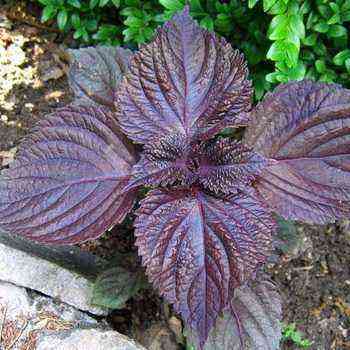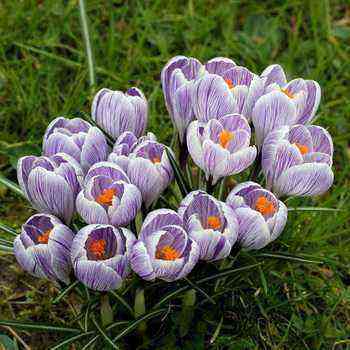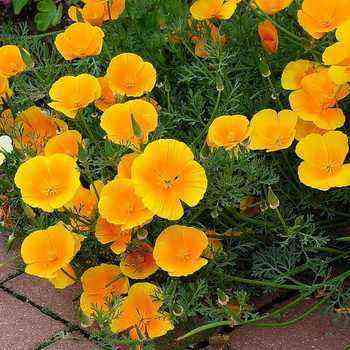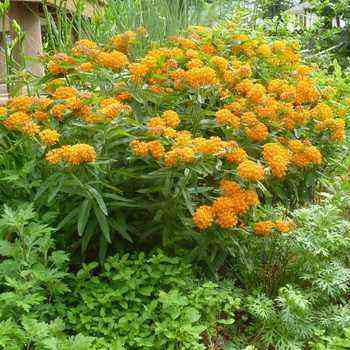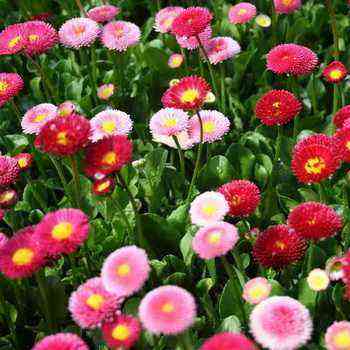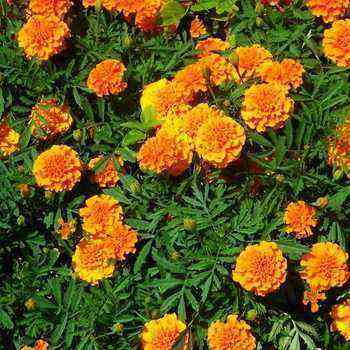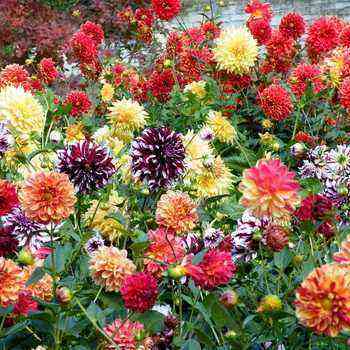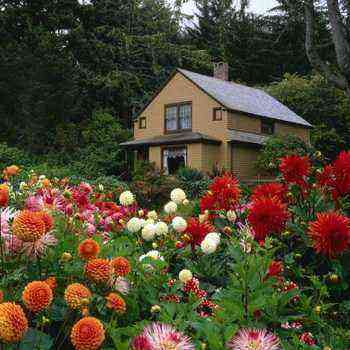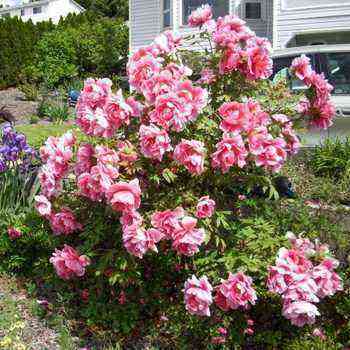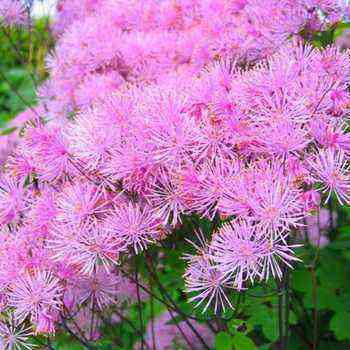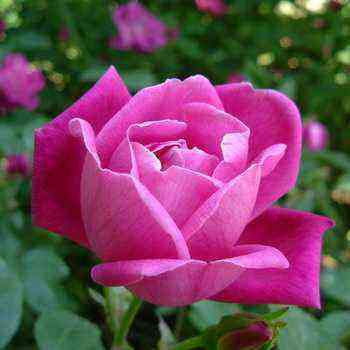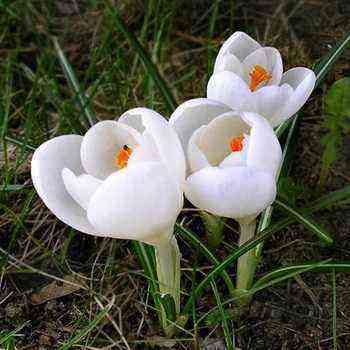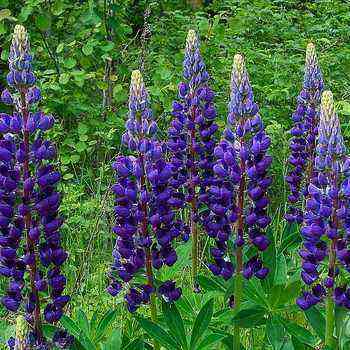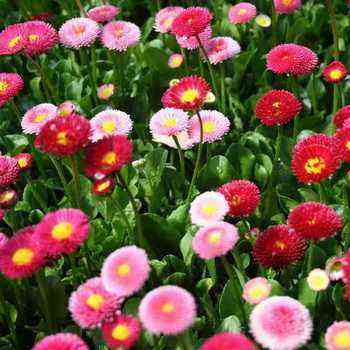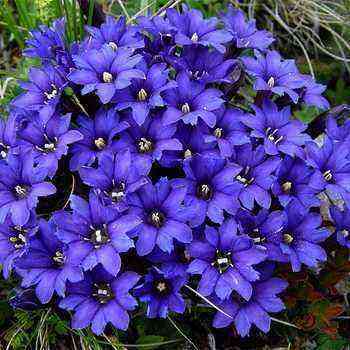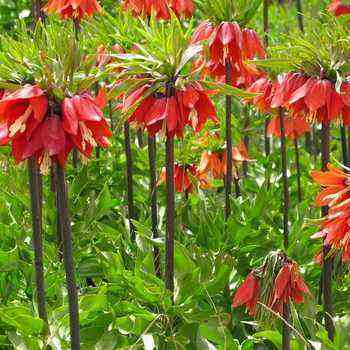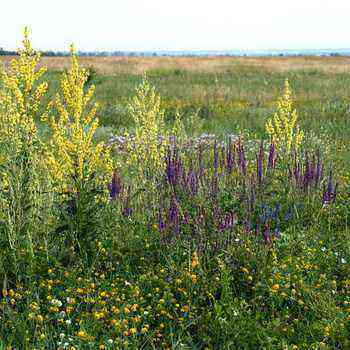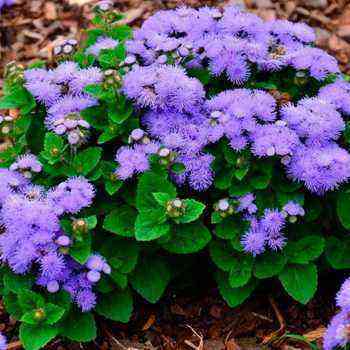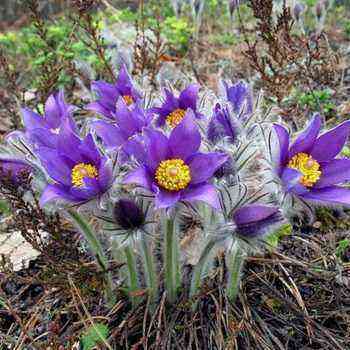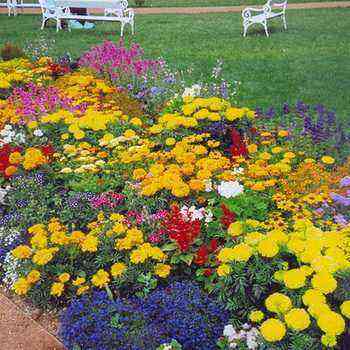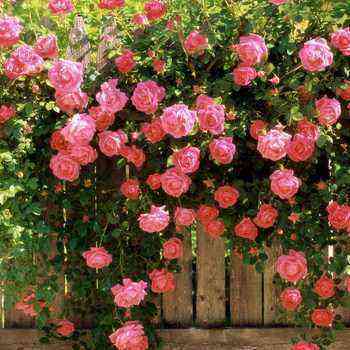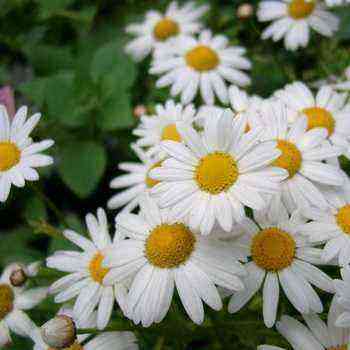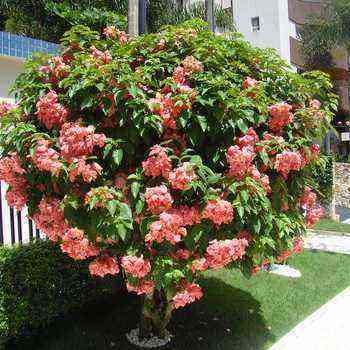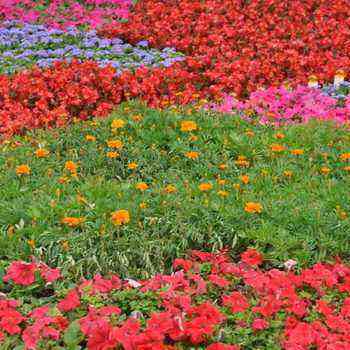Black cohosh is a genus of 12-18 flowering plants belonging to the Buttercup family. The homeland of the plant is the temperate regions of the Northern Hemisphere. The genus is closely related to the raven flower, and many botanists include it in this genus. Thus, together with the Voronets, the number of the family grows to 20-26 varieties.
The name of the black cohosh cimecifuga (Cimicifuga) means “scaring away bugs”, that is, if we consider in more detail Cimex – “error” and fugere – “to run.” Native people in North America used this plant to treat gynecological diseases, and later researchers from Germany confirmed that black cohosh helps in treating symptoms of menopause.
Many black cohosh cultivars have been developed specifically for garden use, for which the brunette cultivar has received a Merit Award from the Royal Horticultural Society. We offer you a description of the black cohosh flowers and their photos, as well as the rules of planting and care in the growing process. All this information you can find on this page. 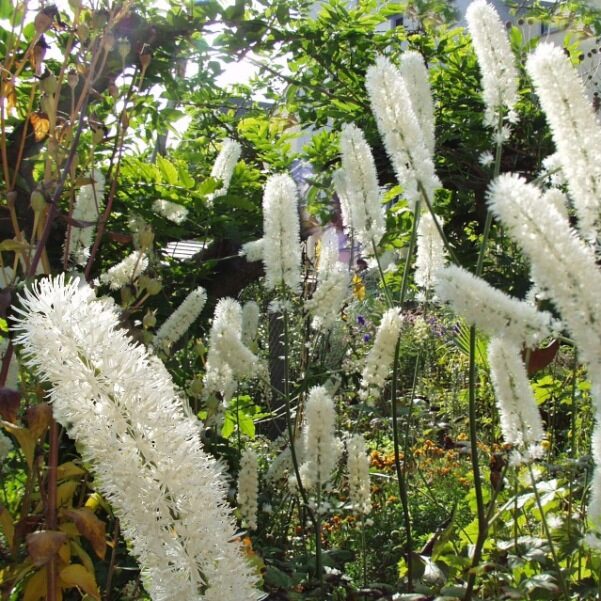
In China, the flower is distributed as a plant for the treatment of uterine prolapse and some other diseases. The medicinal part is the root and rhizomes called Ma She. There are several reasons for this name – its leaves are similar to hemp leaves and it has excellent medicinal properties.
The black cohosh plant does not always smell good, but in recent years, many varieties have been developed that have a more pleasant aroma. Despite the unpleasant smell, black cohosh still attracts butterflies, rabbits and deer.
Description of black cohosh and his photo
Black cohosh is a very large flower up to two meters high with white fluffy flowers and red leaves. Perennial grasses with heavy, long-lived rhizomes. Leaves are basal and stem, connected by a petiole with basal wings, which encircle the trunk. Stem leaves are alternate. The leaf blade has a 1-3 (trifoliate) connection. Leaflets are ovoid with a wide back of the same shape. The edges of the foliage are jagged across the entire surface. Look at the black cohosh flowers shown in the photo in a wide variety: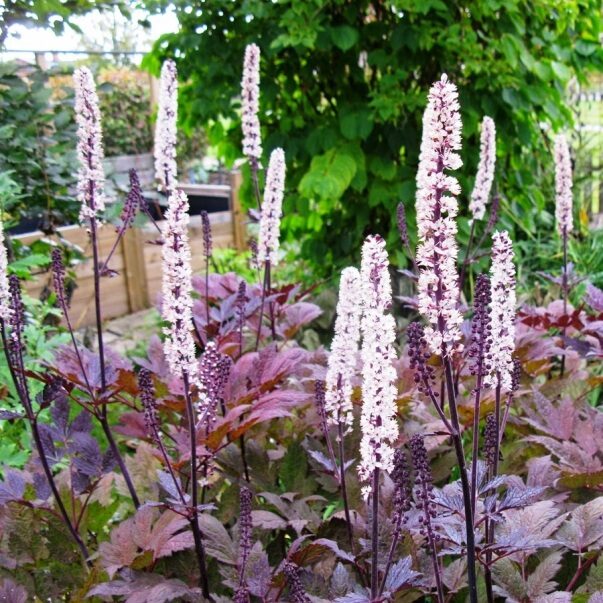
The panicle-shaped inflorescence with thorns varies from 7 to 60 centimeters (depending on the species). There are also one to three bracts with an alternative, contracting stem. The flowers are bisexual and absolutely symmetrical in size and shape. Sepals are not persistent. Possible shades are cream, greenish white, greenish yellow, pinkish or red. Black cohosh flowers are very small and are collected in paniculate and racemose inflorescences up to twenty centimeters in size. The seeds of the plant are small, oblong in shape. The following are photos of black cohosh in various vegetative periods of plant development:
Black cohosh care
Black cohosh tolerates both the sun and partial shade, but the main thing is to protect the flower from drafts and winds. This can ruin him, since, despite the fact that the peduncles are very strong, they still need additional support. Organizing the proper care of black cohosh during its cultivation is not very difficult even for novice florists.
The soil does not need to be dry, but requires abundant watering throughout the summer and some moderate watering throughout the rest of the year. You cannot do without additional moisture – you need to spray the flower at least once or twice a week. The bush will receive additional moisture if the roots are overlaid with mulch. In no case let the black cohosh dry out during the growing season – they do not like swampy conditions, but they must be watered about 5-6 centimeters every week.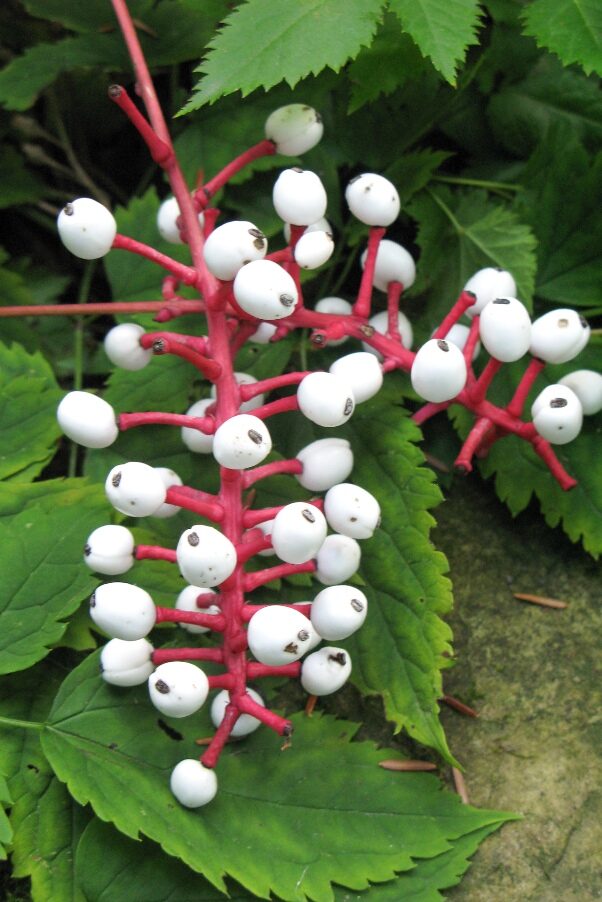
Convenient for those gardeners who do not particularly like to tinker with weeds – they die under the powerful foliage of black cohosh, so they will not cause you unnecessary trouble. Pests and diseases also do not bother the plant. Inflorescences that have withered should be cut off in the process of caring for black cohosh.
Planting and growing black cohosh
To begin with, you should know that the stems must be cut for the winter to the surface of the earth. It is not recommended to transplant black cohosh, as it tolerates it very badly. If you manage to avoid this procedure, then you will become the owner of a beautifully flowering plant, the beauty of which will grow from year to year. Therefore, planting black cohosh should immediately be carried out in the place where you would like to see him for many years.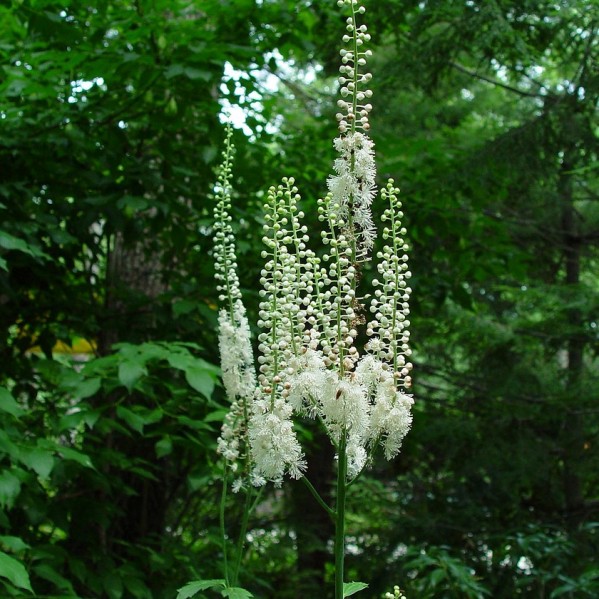
Black cohosh flowers love shade and partial shade, but it is better not to plant them under the shade of trees, as there it will have to compete for moisture. You can plant a flower both in spring and autumn. If you are planting the bare roots of a flower, place the crown of the roots 10 centimeters below the soil surface. Thus, the plant will more easily endure the transplanting process. Read more about the process of growing black cohosh later in this article.
Black cohosh can be grown in several ways: using cuttings and seeds.
If you decide to use the cuttings path, then every five to six you can divide a bush, bud or root shoot. Keep the shoot in the root-forming mixture for several days so that the flower can settle better in the open field. After that, you can keep it in a warm place for several days, it is good if it is a greenhouse. If there is no greenhouse, then we recommend that the easiest way is to keep it under plastic or glass until the black cohosh takes root. Then you can already transplant the flower into open ground. Further cultivation of black cohosh in this case consists in timely care, fertilizing with mineral fertilizers and loosening the soil.
It is better to sow black cohosh seeds for cultivation immediately after harvesting, then the probability of germination is 100 percent (although some scientists believe that such a method can lead to their decay). By the way, they can also germinate unevenly, so be sure to take this fact into account during the first and subsequent crops. Germination after six months, subject to temperature conditions: the first three months +20, the remaining +4. Subject to the dry regime and the required temperature regime, the embryo will have time to develop, and the level of germination increases sharply, and the likelihood of rotting is zero. After sowing, the seeds give flowers in the third or fourth year.
The ideal soil for planting black cohosh is moist and acidic (preferred). If you store the bush in a cool place, chances are good that it will be more lush and blooming. By the way, most black cohosh blooms from late summer to early autumn, although, for example, the Misty blue variety blooms in spring. The soil should be rich in fertilizers – add leafy soil, rotted manure or compost. If you add fertilizers to the soil every season, then you will definitely not need additional fertilizers.
For growing black cohosh in the garden, experienced landscape designers recommend combining black cohosh with bright red and purple flowers. Recommended varieties of flowers are columbine, Solomon print and lily.
Black cohosh varieties
The variety of flower forms and their colors makes black cohosh varieties almost universal. Some types are suitable for planting next to a decorative pond, others can be used for landscaping hedges and decorating the front walls of the house. We offer you some varieties of black cohosh with their photos and a short description.
Black cohosh racemose
Black cohosh is a species of flowering plant in the Buttercup family. It is native to eastern North America, as well as from the extreme south of Ontario to central Georgia to the west in Missouri and Arkansas. It grows in various places in the forest and is often found in small forest clearings. Roots and rhizomes have long been used medicinally by Native Americans. The juice from this plant material has analgesic, sedative and anti-inflammatory properties.
Black cohosh is a smooth herbaceous perennial plant that produces large, complex leaves directly from the rhizome. Its height can reach 60 centimeters, basal leaves up to one meter in length and width (thus, they form repeating groups of three leaves with large jagged edges).
Flowers grow in late spring and early summer on a high stem from 75 to 250 centimeters in height, forming inflorescences up to 50 centimeters long. The flowers have no petals or sepals and consist of dense clusters of 55-110 white long stamens 5-10 mm in diameter. The flowers have a distinct sweet, fetid odor that attracts large numbers of flies, mosquitoes and beetles. Fruit is 5-10 mm long with one pistil containing several seeds.
The plant species has a history of taxonomic uncertainty dating back to Karl Linnaeus, who, based on the morphological characteristics of the inflorescence and seeds, placed the species in the genus Voronets. This definition was subsequently revised by Thomas Nuttall, who reclassified the species to the genus Black Cohosh. The classification of the latter was entirely based on dry follicles typical of the genus. However, recent data from morphological and gene phylogeny show us the fact that Voronets is more closely related to species of the genus Voronets than other species of the genus Klopogon.
Black cohosh grows in moist, heavy enough soil. After flowering, our attention is drawn to a tall, tapering inflorescence of white leaves on a sinewy black-purple stem. The flower gives off an unpleasant odor. Even with a dried head and seeds, the plant retains its beautiful appearance for several more weeks. Its burgundy carved leaves add interest to the overall look of the garden. It is very popular with gardeners due to the fact that neither heat nor drought will kill the black cohosh. Proper care of black cohosh of this variety comes down to timely watering and feeding. Look at the photo of black cohosh and appreciate the beauty of this plant:
Black cohosh branching
Black cohosh is also known as black cohosh. Plant height can vary from four to six meters. Flowering time is June or July. The flower is white.
Black cohosh grows best in soil with medium moisture in full shade. Prefers humus (organic matter that decomposes completely or partially, almost synonymous with compost, is used as a fertilizer for the soil), organically rich soil that retains moisture. If the soil dries out, the foliage will begin to wilt. Place the bush with the flower in a location well protected from the wind.
Below are some photos of black cohosh with variations of tinted inflorescences:
Black cohosh branching “Atropurpurea”
A flowering perennial, usually planted in moisture-rich soils (for example, it grows very well in forests). It is prized for its large leaves that range in color from dark green to bronze purple. Thorns of fragrant pale pink flowers rise above the bush in early fall. Great for breeding. On cool summer days, Black Cohosh “Atropurpurea” will grow well in sunny areas, otherwise it is recommended to grow the plant in incomplete shade, in a place protected from direct sunlight. It takes about three years for the flower to fully ripen. Soil type – normal or clayey with alkali. It is necessary to maintain an average level of humidity – periodically additionally spray black cohosh. It grows very slowly.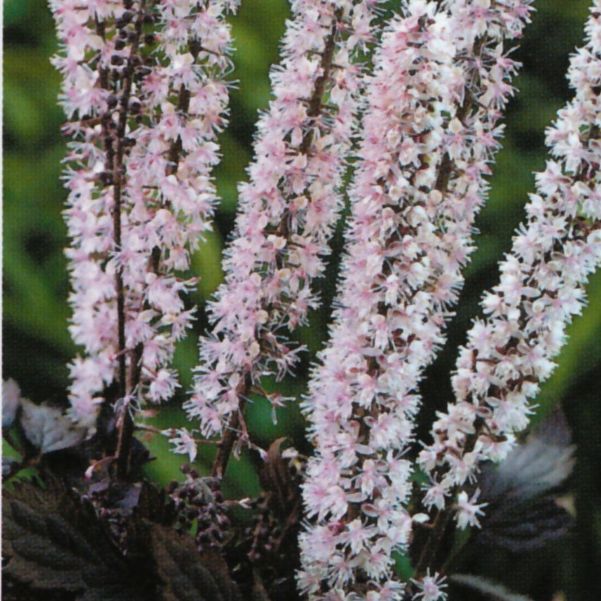
Black cohosh branching “Pink spike”
Blossoming season for pink spike black cohosh is autumn, late summer. Grows vertically, reaching a height of 60-90 centimeters. It is recommended to keep the flower in the shade in warmer climates. Its decorations are pale pink petals and dark bronze-purple leaves. A beautifully shrubby plant with a set of toothed, deep-veined, oblong-oval leaves.
Grows best in partial shade in moist, organically rich soil. It is necessary to water the plant constantly during spring, summer and autumn. It takes several years for Black Cohosh branching “Pink Spike” to reach maturity and grow stronger. Mature clusters should not be transplanted or otherwise disturbed.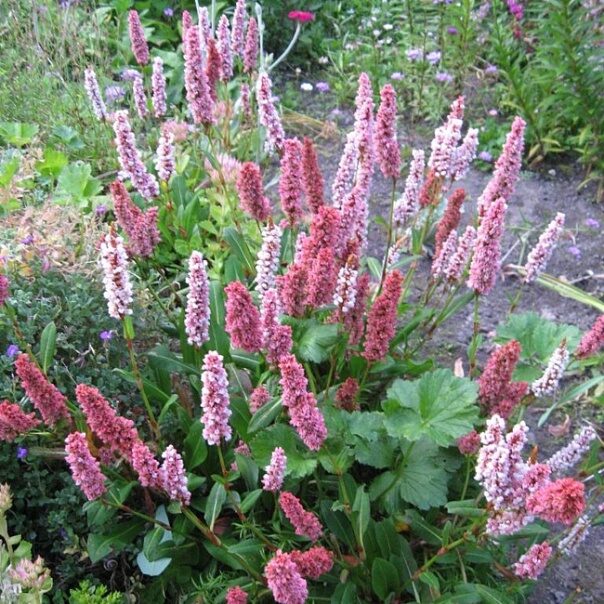
Black cohosh
Black cohosh is a rhizome, herbaceous perennial with compound leaves and small creamy white flowers with a short, straight, simple or branched apical raceme with poisonous red, black or white berries. The brunette is distinguished by brownish-purple stems and leaves and a white, dense inflorescence of petals, which are purple in the bud.
The flower can reach a height of three to four meters. Flowering time is late summer and early autumn. Prefers sunny locations with well-drained soil. Grown by gardeners for their tall stature and impressive flowers. Will be the perfect backdrop for your garden at the end of summer. Very hardy.
Klopogon daursky
Black cohosh daurian is a perennial herb, common in Eastern Siberia, Mongolia, China and Japan. Flowering time is from August to September.
The plant has deeply cut, dark green, two and three trifoliate leaves on a branched stem that forms a deciduous crown up to 3-4 meters tall. The black cohosh variety Daurian has heart-shaped inflorescences. The flower stems are tall, fragrant and fluffy, creamy white petals that grow well above the foliage.
Easy to grow in medium soil with moderate moisture in shade or partial shade. Prefers humus, as well as organically rich soil that retains moisture. If the soil is too dry, then you risk burning the foliage (as a result, the flower depreciates).
Clapboard is simple
Black cohosh is a perennial herb that originates in Mongolia, eastern Russia and Japan. The approximate height of the plant is from three to four meters. Flowering time is from August to September.
Black cohosh negligee
Black cohosh black negligee is a perennial flowering plant usually planted in rich, moist soil. This is one of the most popular forms today. Curved incense sticks or white thorns rise above the bush in mid-autumn. It is best to keep the flower in full sun or partial shade, but the soil should always remain moist. The plant will need at least three years to fully mature. Black cohosh can be divided every five years.
Black cohosh cordifolia
Black cohosh cordifolia differs from other varieties in its unprecedented longevity – it can live in one place for about 25 years. At the same time, it is very unpretentious and has an incredible vitality even in winter. The flower will brighten the shady areas of your garden and give them a little chic. Black cohosh inflorescences are a fix idea for all caring florists, because thanks to the unusual petals and inflorescences of the plant, unusually light and airy bouquets are obtained for any occasion.
